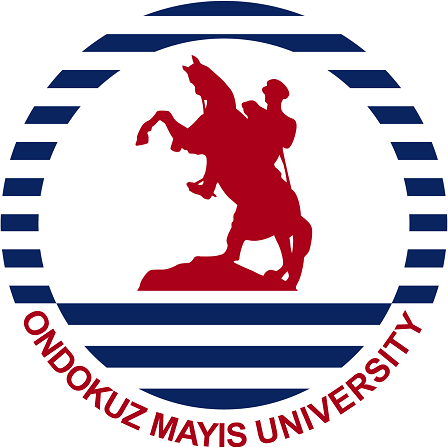Excavations in Niksar Castle have been started to reveal the cultural assets. 2021 Niksar Castle excavation was carried out under the scientific consultancy Dr. Turgay YAZAR of member Ondokuz Mayıs University Art History Department and instructor under the direction of Tokat Museum. In addition, Assoc. Dr. Davut YİĞİTPAŞA from the Archeology Department Ondokuz Mayıs University, Dr. Suayip CELEMOGLU from the Department of Art History, Dr. Bilge BAHAR from the Department of Art History, Prof. Dr. Fadime Suata ALPRASLAN from the Department of Anthropology at Istanbul University, Exp. Danişment Hüseyin ŞAHİN, Exp. Özgür DÜLGER, Exp. Didem GÜZEL, Mahmut GİRİŞEN, İremnur İSKENDER and 18 students from Samsun Ondokuz Mayıs University Art History Department, Archeology Department and Cumhuriyet University Art History Department attended.
Niksar Castle, located on the hill between Çanakçı Stream that joins Kelkit Stream and Maduru Stream that joins this creek in Niksar district center, was established during the Persian origin Pontus Kingdom, was enlarged during the Roman and Byzantine periods, and was repaired and used during the Danishmend, Seljuk and Ottoman periods. When it was built, the city walls that define the inner castle area formed three separate lines as inner, outer and middle city walls.
The city, which was probably captured by the Turks in 1076 after the Battle of Manzikert, became the first throne center (capital) of the Danishments. Niksar Castle is an important settlement in terms of being one of the first castles that Turks settled in Anatolia. In the second largest castle of Anatolia, which dominates the district center; There are ruins of a madrasa, two baths, two mosques, a church and a prison. Fetih Mosque, located at a point dominating the Inner Castle, is important for Turkish-Islamic architecture as it is one of the first Turkish mosques in Anatolia. The places built adjacent to the mosque are thought to belong to the palace of the Danişment.
The excavations carried out in the castle will enable to reveal the historical phases of the castle, the cultural assets such as the palace, the conquest mosque and the Turkish bath, which are thought to be in the castle and will also contribute to the castle studies in Turkey.


